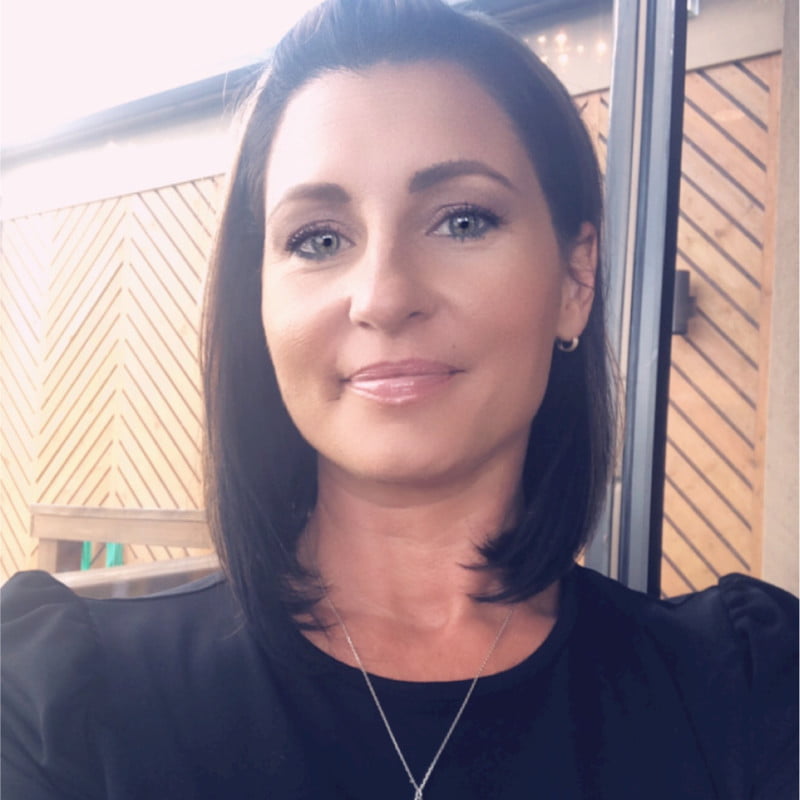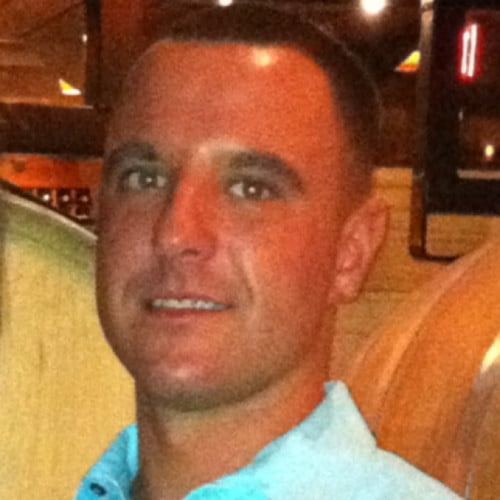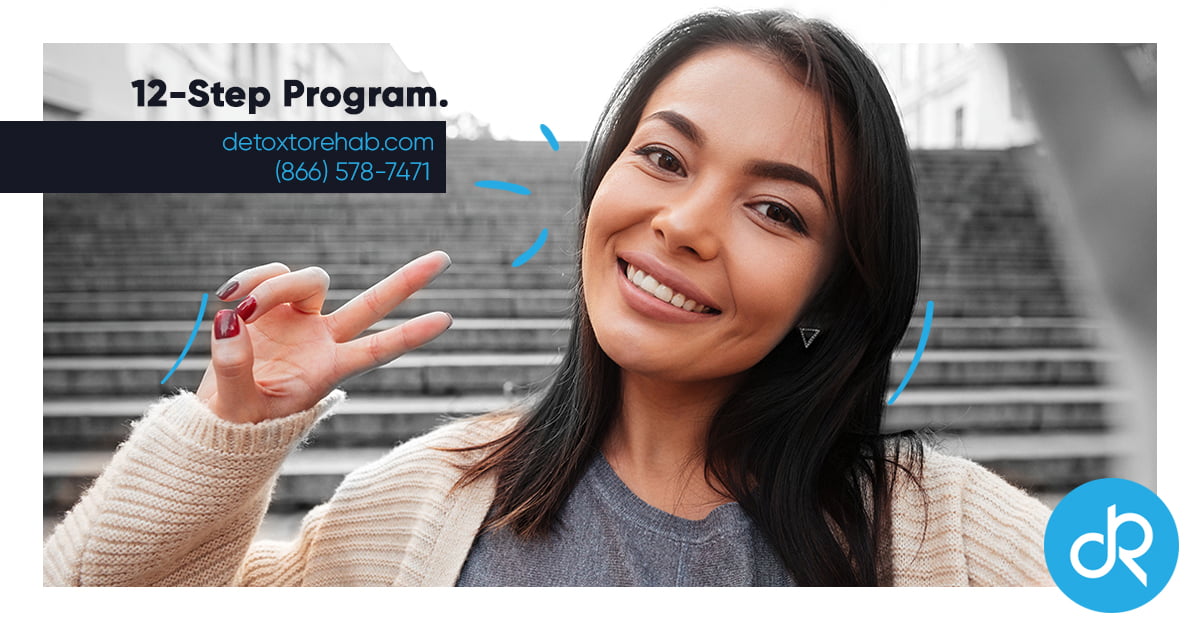

Whats the point?
The basic premise of this model is that people can help one another achieve and maintain abstinence from substances of abuse, but that healing cannot come about unless people with addictions surrender to a higher power. This doesn’t necessarily mean god, in many groups it refers to something greater than ourselves.
Whats the point? The 12-Steps give us the power to overcome impossible challenges together.
Every 12 Step based fellowship is rooted on the foundation that was laid down by the founders of the Alcohol Anonymous (AA). Due to the success of 12-step programs many offshoots started centered around specific needs such as; Narcotic, Cocaine, Crystal Meth, Heroin, Prescription Pills, etc but also over eaters, technology and even sex. This further unites fellowships as its easier to come together with people who have been through similar situations.
One of the most well-known and commonly used types of recovery support is the 12-Step model. Just about everyone has heard of these meetings or of the organization that originated the idea. – Alcoholics Anonymous
The Twelve Steps

Big Book and presented by AA are:
- Admit powerlessness: We admitted we were powerless over alcohol, that our lives had become unmanageable.
- Find hope: Believe that a power greater than ourselves could restore us to sanity.
- Surrender: Made a decision to turn our will and our lives over to the care of God as we understand Him to be.
- Take inventory: Made a searching and fearless moral inventory of ourselves.
- Share inventory: Admit to God, to ourselves, and to another human being the exact nature of our wrongs.
- Become ready: Were entirely ready to have God remove all these defects of character.
- Ask God: Humbly asked Him to remove our shortcomings.
- List amends: Make a list of all those we have harmed and make amends to them all.
- Make amends: Make direct amends to such people wherever possible, except when to do so would injure them or others.
- Continue inventory: Take a personal inventory, and when we were wrong, promptly admitted it.
- Pray and meditate: Through prayer and meditation to improve our conscious and connect with God. We do this to understand Him, praying only for His knowledge will give us the power to carry that out.
- Help others: Having a spiritual awakening as the result of these steps, to carry this message to alcoholics and to practice these principles.
There are many 12-step programs for various addictions and compulsive behaviors, ranging from Cocaine Anonymous to Debtors Anonymous—all using the same 12-Step methods.
The Fellowships
Alcoholics Anonymous (AA) is an international non-profit organization that is dedicated to helping recovering alcoholics overcome their addiction. Established in the early 1940’s AA is the foundation of 12 Step program and concept of sponsorship.
Narcotics Anonymous (NA) developed from the (AA) Program in the late 1940s and has expanded as a national organization since the 1980’s. Membership is open to all recovering drug addicts who are seeking support for a drug free lifestyle.
Cocaine Anonymous (CA) welcomes anyone who needs a strong support system to stop using cocaine, crack cocaine, and any other mind altering substances. Cocaine Anonymous Fellowship uses the Twelve Steps developed by AA due to the long standing success rate of the program.
Crystal Meth Anonymous (CMA): Crystal Meth Anonymous is a fellowship of people who share their experience, strength and hope with each other, so they may solve their common problem and help others to recover from addiction to crystal meth.
Heroin Anonymous (HA) was established in 2004 to create a fellowship for those who were struggling with a heroin addiction. HA fellowship is fully self-supporting and requires no membership fees to attend meetings.
Celebrate Recovery (CR) is a Christ-Centered recovery program that uses the words of Christ in the Bible to help overcome our addiction. CR is based on the actual words of Jesus to provide strength is getting clean and sober rather than psychological approach.
Pills Anonymous (PA): Pills Anonymous is a fellowship of men and women who share their experience strength and hope with each other that they may solve their common problem and help others to recover from pill addiction.
SMART Recovery: SMART stands for Self-Management and Recovery Training. The SMART approach is secular and science-based, using cognitive behavioral therapy (CBT) and non-confrontational motivational methods. SMART differs from AA by not encouraging individuals to admit powerlessness over addictions, not using the concept of a “Higher Power”, and not endorsing the disease theory of alcoholism. Addiction is viewed by the organization as a dysfunctional habit, rather than a disease, while allowing that it is possible that certain people have a predisposition toward addictive behavior.[2]
Al-Anon Fellowship is an independent fellowship with the goals of helping relatives and friends of alcoholics share their experience, strength, and hope in order to understand alcoholism as a family illness.
Nar-Anon: The Nar-Anon Family Groups is primarily for those who know or have known a feeling of desperation concerning the addiction problem of someone very near to you. We have traveled that unhappy road too, and found the answer with serenity and peace of mind.
The 12-Step philosophy pioneered by Alcoholics Anonymous is used by about 74 percent of treatment centers.
Treatment Centers & The 12-Steps
When developing the 12 Step method of treatment, these programs play an important role in the design and implementation in a couple ways. First, the philosophy, methodology, and materials are integrated into the treatment activities. Secondly, a relationship between the client and the treatment facility is established to provide a treatment plan that is in the client’s best interest.
The 12 Steps were developed by the founders of AA organization with the goal of achieving a sober lifestyle free from substance abuse. In anonymous programs, recovery is sustained by applying the 12 Step philosophy to the person lifestyle and by sharing their experiences, struggles, and opinions with others who have experience similar problems. This builds a community of support that establishes a connection free of prejudice and judgment. Many clients who are involved in this method of treatment will find another member who will aid as a sponsor. The sponsor acts as a guide in their sobriety and helps in times of crisis when temptations or triggers become overwhelming.
This approach of sharing and establishing a group support system has become a foundation for various self-help programs like Al-Anon (for families and friends of the alcoholic) and Narcotics Anonymous (NA) . The 12-Step approach of creating a treatment plan is structured and includes detoxification, psychological evaluation by professionals, individualized treatment and progress monitoring, group meetings and activities, attend lectures to educate, and counseling. When needed, professionals can provide referrals to psychiatric, medical, and social services.
What Do I Need With a Sponsor?
Establishing a strong support system with the sober community is important for maintaining a sober lifestyle. Newcomers will be given a list of phone numbers to call in their dire need when their will is tested or cravings become near unbearable. To help maintain sobriety after treatment, a sponsor or sober companion can be chosen by the recovering addict to provide the help they need to get through the 12 Steps and be there in difficult times.
A sponsor is a more experienced member of the group who has completed their 12 Steps and has a healthy track record of sobriety. This person will guide others in their drug free lifestyle and can be called in times of need. Newcomers are highly encourage to reach out to someone who is interested in being a sponsor.
Securing a relationship is key and developing a bond of trust is also vital. However, the sponsor to sponsee bond is not considered a friendship, as the sponsors role is clearly a guide to a healthy lifestyle, support during tough moments, and a mentor for working the steps.
Sponsors and sponsees engage in activities like discussions, 12 Step studies, attend meetings together, meditation and focusing on completing the 12 steps. Sponsors provide a sense of guidance through each step as some steps could cause enough stress to trigger a relapse. Having the sponsor there for support fortifies the sponsee’s recovery and helps develop positive coping mechanisms for dealing with cravings.
This one on one relationship has increased the success rate of long term recovery and is very important in the 12 Step Program for all of the different fellowships.
Having a Relapse Plan for Emergencies
Life is filled with temptations, an old friend drops by and has a bag or Cocaine. Or maybe a family reunion BBQ puts you in a situation where you want to get hammered with your brother. These things can and will happen.
For a recovering addict, thinking about relapse can cause a relapse. But it is really important to have an emergency relapse plan in mind when a moment of weakness occurs. Before you leave your rehabilitation center consult your therapist about constructing a relapse plan.
- Have a list of phone numbers that you can call during your struggle.
- Know where the nearest hospital is located in case of health complications.
- Prepare a list of meeting locations if you need to attend a meeting during the cravings.
- Reach out to your sponsor.
- Contact a family member if you need to stay with someone for the night.
12 Step Meeting Overview
Meetings are attended for various reasons. For some individuals, meetings are attended in a response to a temptation, trigger, or craving to use or abuse a drug. For others, meetings are attended for those who are ‘working the steps’. Meetings are considered the fellowship portion of the program, where people in recovery gather and talk about things that are pertinent to recovery. The anonymous programs are inside either the Big Book of Alcoholics Anonymous or the Narcotics Anonymous Basic Text. The 12 Steps are in a specific order, so the recovering addict does not become overwhelmed in completing these steps or rush through them. It is important for the person working the steps to take their time and work each step as thoroughly and honestly as possible. After going through the first 11 of the steps, you will come to the 12th step here you are able to take someone else who was struggling like you were, through their steps.
The proceedings of these meetings do not have a rigid structure, but are more flexible to suit the recovering addict’s needs. Sometimes, benchmarks of sobriety are announced or celebrated. For many, staying sober for 24 hours is a huge achievement and is recognized and celebrated. If a member has been sober for a longer period of time, this can be celebrated as well. Chips, coin shaped tokens or key tags are given to indicate milestones of sobriety as an achievement for their hard work and dedication. This is a general overview of what happens at a 12 Step meeting.
Moments of silence:
Meetings will open with a moment of silence for those who are still suffering in their disease or who are struggling in their recovery. This moment of silence was taken for every person who is in attendance at some point. Many people die every day not knowing that there is a different way of life. This moment is followed by the:
Serenity Prayer:
Every 12 Step fellowship is a spiritually based program, they are by no means a religious program. When people are involved in a 12 Step program it is suggest that people find a Higher Power of their own understanding. The serenity prayer helps open the meeting by establishing a connection with a Higher Power of everyone’s understanding.
Read the 12 Step literature:
Each meeting is started by reading specific readings from each fellowship, these reading vary from fellowship to fellowship but all usually include reading the 12 Steps and the 12 Traditions. It is important to devote the beginning of each meeting to reading literature to help embrace the program and it helps any newcomers get acquainted with the steps and the fellowship they are in.
Meeting Types:
There are many different format types for meetings. Some of these are speaker, speaker topic, topic, book study, step study, open, closed, discussion, men’s, women’s, young people, LBGT, new comers, or other literature meetings. All this information is stated when the meeting opens.
Speakers and Sharing:
During this portion of the meeting, depending on the type, people will share their experience on the topic of discussion. Typically sharing is limited to 3 to 5 minutes so others have a chance to share. Here people are able to talk about where they are in recovery, if they are struggling or whatever maybe going on in their life. It is also where people are able to hear the message of hope from people who have fallen on hard times and still made it through with their recovery intact. This portion makes up the majority of the meeting.
Burning Desire:
Before the meeting closes the person who is chairing the meeting will ask if anyone has a burning desire. A burning desire can be the urge to use, to hurt yourself or to hurt someone else. It helps to share those feelings in the meeting to take some of the power away from them.
Meeting Closure:
At the end of the meeting there will be another moment of silence signifying respect for those who are still suffering with addiction, or are suffering in their recovery. Following the moment of silence the meeting closes with a prayer.
The Traditions are to the fellowship what the steps are to the individual.
References:
- Neukrug, E. (2011). Counseling theory and practice. Australia: Brooks/Cole, Cengage Learning.
- Center for Substance Abuse Treatment. Treatment of Adolescents with Substance Use Disorders. Rockville (MD): Substance Abuse and Mental Health Services Administration (US); 1999. (Treatment Improvement Protocol (TIP) Series, No. 32.) Chapter 4—Twelve-Step-Based Programs. Available from: http://www.ncbi.nlm.nih.gov/books/NBK64351/
- The Salvation Army. (2019). Combat Addiction.
- U.S. Department of Veteran’s Affairs. (2019). Veterans Alcohol and Drug Dependence Rehabilitation Program.
- National Institute on Alcohol Abuse and Alcoholism. (2007). Alcohol Metabolism: An Update.
- International Alliance for Responsible Drinking. (2019). What Happens When You Drink?








